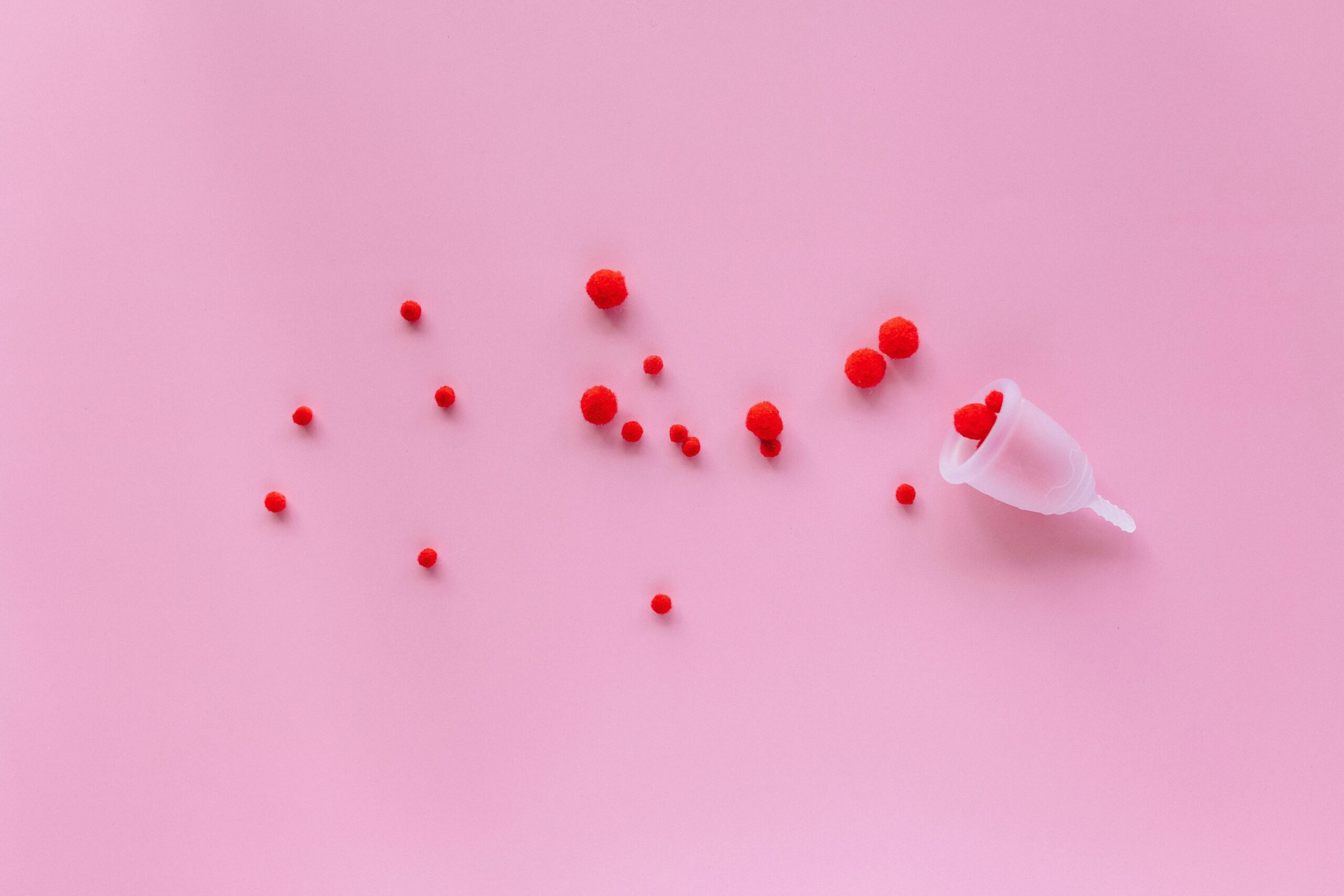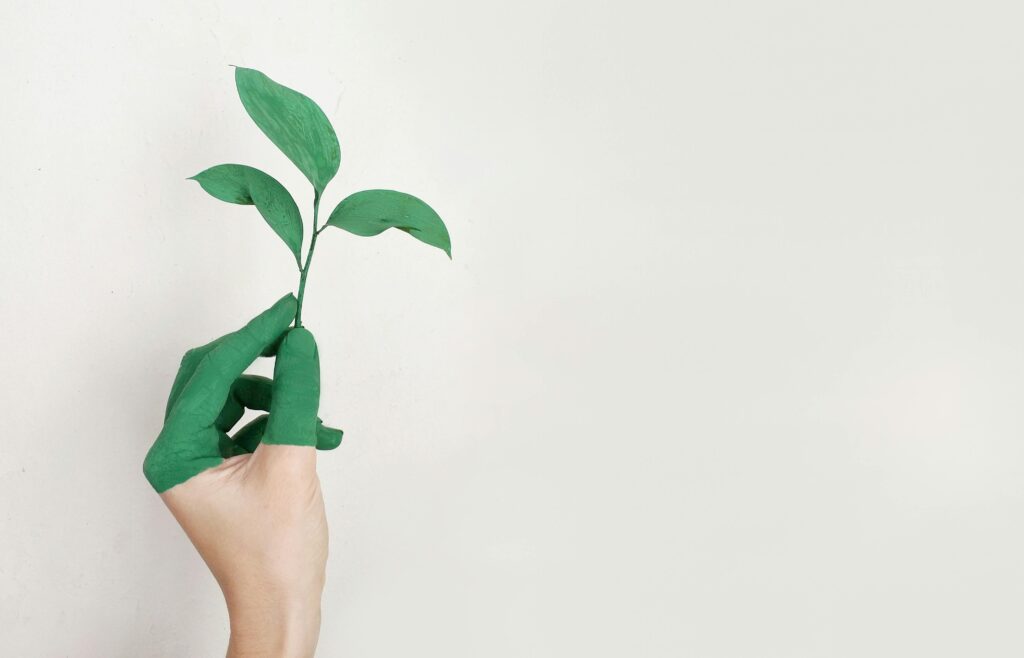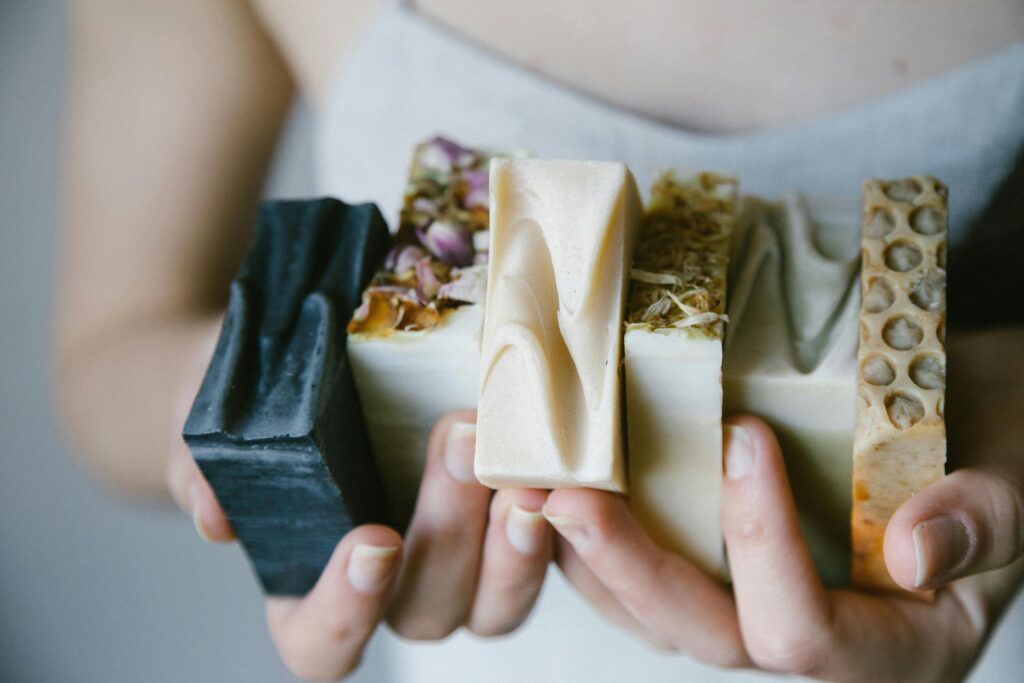Ever wondered why your period feels like it’s on fire? Or how much plastic waste you’re creating with every month’s supply of pads? Yeah, us too. It turns out that conventional menstrual products aren’t just uncomfortable—they’re an environmental disaster. But don’t worry, we’ve got the ultimate solution: sustainable menstrual care.
In this guide, we’ll break down everything you need to know about switching to organic pads. You’ll learn why they matter, how to choose the best ones, and tips to make the transition seamless (without ruining your vibe). Plus, we’ll sprinkle in some confessions and rants because, let’s be real, periods are messy—and so is life.
Table of Contents
Key Takeaways
- Conventional pads contribute to 200,000 tons of landfill waste annually.
- Organic pads are free from harmful chemicals, making them safer for your body and skin.
- Making the switch is easier than you think—just start small.
- You can save money long-term by choosing reusable options alongside disposables.
Why Does Sustainable Menstrual Care Matter?
Optimist You: “Sustainable menstrual care sounds amazing!”
Grumpy You: “But do I really have to give up my trusty drugstore pads?”
Honestly? Once you hear the facts, you’ll see why it’s worth considering. The average person who menstruates will use around 11,000 tampons or pads in their lifetime. And guess what? Most of those end up in landfills—or worse, oceans. Conventional pads often contain plastics that take centuries to decompose. Not exactly eco-friendly, huh?

Even scarier: Many pads include synthetic materials loaded with dyes, fragrances, and other irritants. These can wreak havoc on sensitive skin, causing itching, rashes, or worse. Organic pads offer relief—not only for your body but also for Mother Earth.
How to Switch to Organic Pads
So, you’re ready to join the sustainable squad. Here’s how to get started:
Step 1: Research Trusted Brands
Not all organic pads are created equal. Look for certifications like USDA Organic, GOTS (Global Organic Textile Standard), or OEKO-TEX. Some popular brands include Natracare, L., and Cora.
Step 2: Start Small
No one expects you to overhaul your entire stash overnight. Try swapping out half your monthly supply first. This way, you can test different textures, absorbencies, and fits without overwhelming yourself.

Step 3: Combine Reusables
Wanna go extra green? Pair organic pads with reusable options like menstrual cups or cloth pads. A hybrid approach reduces waste even further and saves cash over time.
Tips for Making the Transition Smooth
- Know Your Flow: Match pad sizes to your flow intensity to avoid leaks.
- Read Reviews: Check customer feedback to find reliable brands.
- Keep Backups Handy: Always carry a mix of disposable and reusable options.
- Avoid Terrible Tips Like This One: Someone once suggested microwaving pads for odor control. Please don’t try this—it’s gross and dangerous!
Real Women, Real Stories
“I used to dread my period until I switched to organic pads. No more redness or irritation!” — Sarah T.
Here’s another win: Maria S., a mother of two, shared her story: “When my daughter turned 13, I introduced her to organic pads. Now she loves knowing she’s protecting her health and the planet.”
A Little Rant About Greenwashing
P.S., big corporations love slapping “eco” labels on everything these days—even when it’s BS. Don’t fall for buzzwords like “natural” unless backed by legit certifications. If not, you’re probably paying premium prices for marketing fluff.
Frequently Asked Questions
Are organic pads as absorbent as regular ones?
Yes! High-quality organic pads perform just as well. Stick to trusted brands to ensure reliability.
Do organic pads cost more?
They may have a slightly higher price tag upfront but consider it an investment in your health and the environment. Bonus points if you combine them with reusables.
Where can I buy them?
Check local health stores, online retailers like Amazon, or specialty e-commerce sites focusing on sustainable living.
Conclusion
Making the switch to sustainable menstrual care isn’t just good for the planet; it’s empowering. Imagine feeling confident during your cycle, knowing you’re reducing toxins in your body and trash in landfills. Ready to embrace change? Remember, baby steps are still steps forward.
And hey, keep it light-hearted along the way. Life’s too short to stress over something as natural (and unavoidable) as your period. Stay funky, stay fresh.
Oh, and here’s a parting haiku:
Flow like rivers wild,
Pad choice saves both Earth and skin,
Mother Nature smiles.


